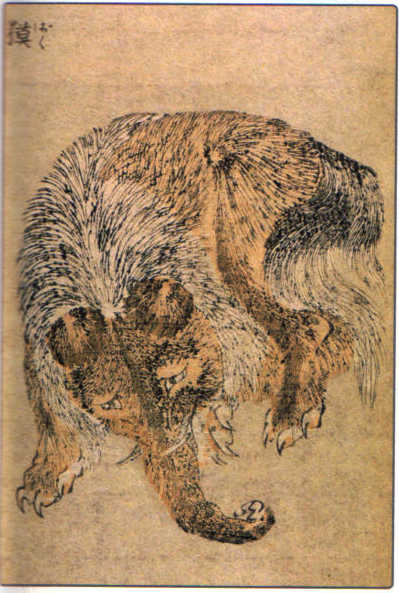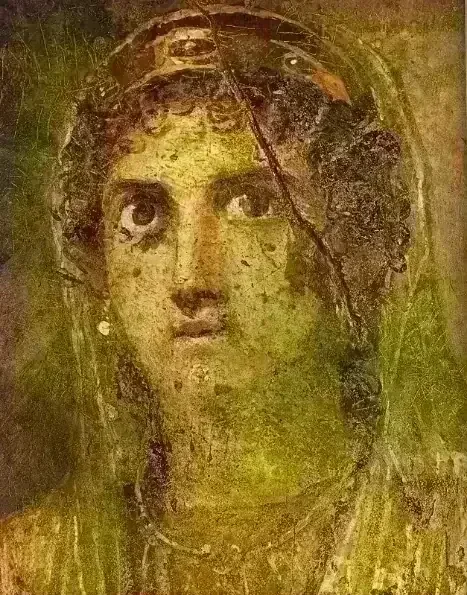Baku(獏)

The Baku (獏 or 貘) is a supernatural creature from Japanese folklore said to devour nightmares. Its origins trace back to Chinese mythology, where a similar beast known as the mo was believed to ward off evil. According to legend, the gods created the Baku from leftover parts of other animals after completing their work on the natural world. This origin gave the Baku its chimeric form and mysterious powers.
Over centuries, the Baku has maintained a strong presence in Japanese folklore, traditional art, and more recently, in manga and anime. Interestingly, the word baku in modern Japanese refers to both the mythological dream-eater and the Malayan tapir, due to visual similarities.
The dream-devouring Baku became familiar in Japan during the Muromachi period (14th to 15th century), drawing influence from the Chinese mo, originally associated with the giant panda. Scholar Hori Tadao noted the Baku’s role in warding off nightmares, a function also supported by old practices involving protective charms and amulets.
Before being adapted as a nightmare eater, early Japanese texts such as the 17th-century Sankai Ibutsu described the Baku as a mythical chimera from Chinese lore. This version had the trunk and tusks of an elephant, the ears of a rhinoceros, the tail of a cow, the body of a bear, and the paws of a tiger. At the time, it was believed to guard against pestilence and evil, though its connection to dreams had not yet emerged.
By the late 18th century, depictions of the Baku began to shift. A woodblock print from 1791 shows a distinctly dream-eating version of the creature, complete with an elephant's head, tusks, trunk, tiger claws, and small horns. These features became standard in classical-era Japanese woodblock prints, carvings at shrines and temples, and netsuke figurines.
In the early 20th century, Lafcadio Hearn described a Baku with similar attributes, reaffirming its role as a devourer of nightmares. According to legend, when a person wakes from a bad dream, they can summon the Baku by saying, “Baku-san, come eat my dream,” three times. If called upon, the Baku will enter the room and consume the nightmare, allowing the person to return to peaceful sleep.
However, invoking the Baku too often comes with a warning. If still hungry after eating a nightmare, the Baku may also consume the person’s hopes and desires, leaving them drained of purpose or joy. For this reason, summoning the Baku is considered a powerful act that should not be done lightly. In the early 1900s, it was common for Japanese children to keep Baku talismans by their bedside to protect them from bad dreams before falling asleep.


